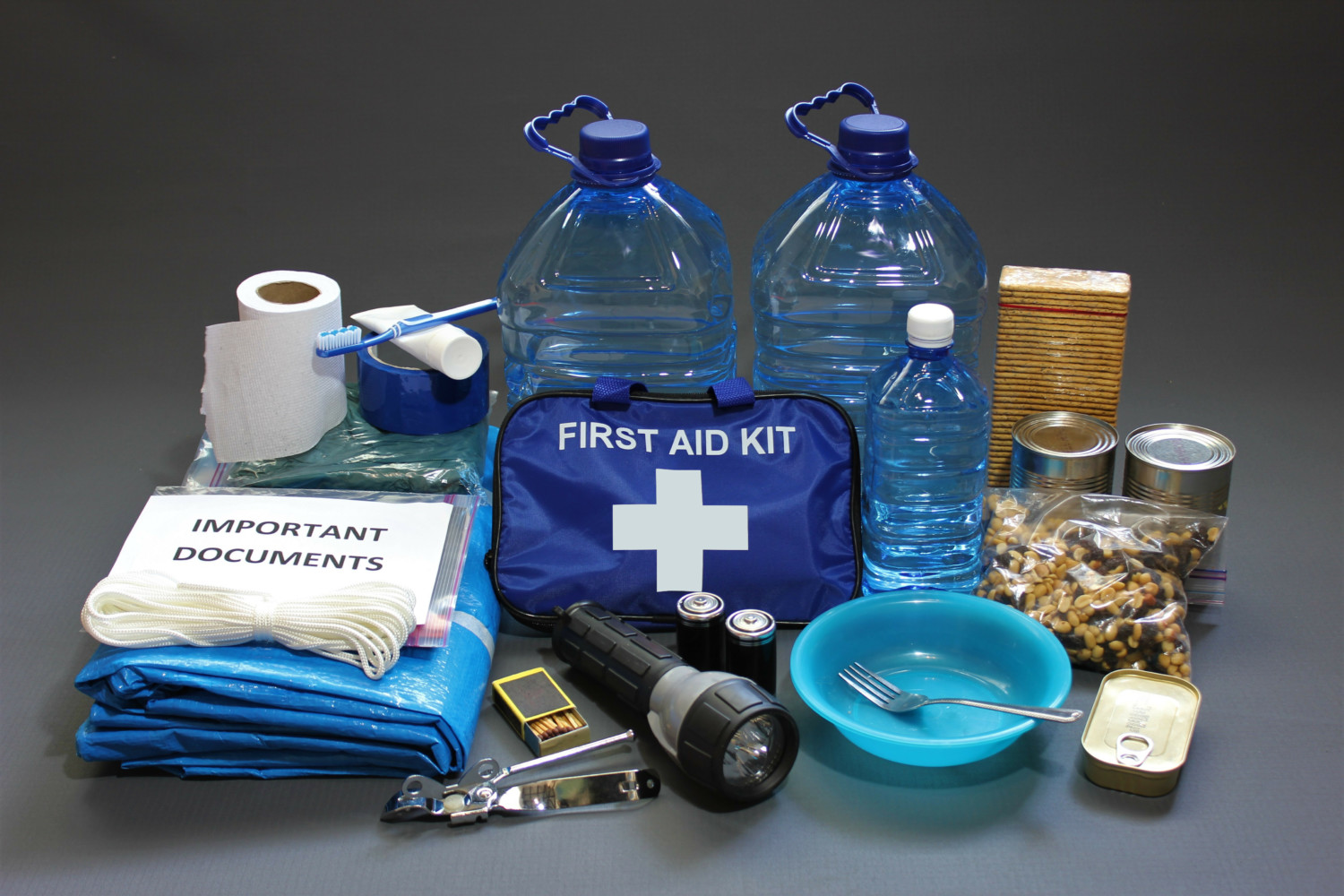Even if you don’t live in an area prone to natural disasters such as earthquakes, hurricanes, wildfires or tornadoes, an emergency could strike any home at any time. And, if it did, would you know what to grab, and would you even have time to do so?
Ready.gov, developed by the Department of Homeland Security (DHS) and the Federal Emergency Management Agency (FEMA), recommends that every family have a preparedness plan and a disaster supplies kit that can last for several days. Putting an emergency go bag together can ensure that you and your loved ones have at least basic supplies in the event of a disaster.
What Is An Emergency Go Bag?
Although it can (and should) include a first aid kit, an emergency go bag is not only for medical supplies, nor will it likely be small enough to carry in one hand. In fact, it doesn’t even have to be an actual bag.
PreparedBC, the Government of British Columbia’s source for preparedness information, suggests packing your supplies in one or two containers, such as plastic bins or duffel bags. The number of items you need will depend on your family’s size and unique considerations, such as whether you have pets or require special medical supplies.
Although they might be a bit harder to grab and go, the benefits of using plastic bins with lids are that they are more likely to be water-resistant, and they might also keep items safer from insects and other pests. However, consider what you have available to use and what makes the most sense for your family to create an emergency go bag, box or bin that would be effective if you were to need it.
An emergency go bag (or container) is filled with supplies you might need following a disaster, whether you need to stay at home or leave immediately.

Emergency Go Bag Essentials
Building your emergency go bag doesn’t have to be difficult or costly. You want to make sure you have food, water and other basic items your family might need if you had to leave home or were unable to leave for a few days. Ready.gov recommends several items, including the following:
- One gallon of water per person per day for several days (this includes water for drinking, cooking and sanitary purposes),
- A three-day supply (or more) of non-perishable food and a manual can opener,
- A source of light such as a flashlight,
- A first-aid kit,
- Cell phone chargers,
- Batteries,
- A weather radio (preferably battery- or hand crank-powered),
- Basic tools, such as pliers, to turn off utilities.
You can download a comprehensive, printable list from Ready.gov here.
PreparedBC suggests several additional items as well, including:
- Personal toiletries,
- An extra pair of glasses or contact lenses,
- A copy of your emergency plan,
- Copies of important documents,
- Cash in small bills.
The Centers for Disease Control and Prevention (CDC) recommends including items to help prevent the spread of viruses and the flu, such as disinfectant wipes and spray, soap, hand sanitizer, and multiple clean masks, as well.

Other Supplies To Consider
Be sure to think about your family’s unique needs. For instance, you might want to pack medical supplies, such as an asthma inhaler, epinephrine autoinjector or blood sugar monitor. If you have children, you may want to include some small toys, books or puzzles, a special blanket and some identification for each child. Of course, babies or toddlers also have special requirements, such as a diaper bag, formula and pain reliever.
Don’t forget your pets. Fido or Fluffy will need their own water and food as well as bowls, vet records and perhaps a crate. You might want to pick up a first aid kit designed for pets, as well.

Storing And Maintaining Your Emergency Go Bag
When considering where to stash your items, make sure to keep any food in a cool, dry place in tightly closed containers. Check expiration dates at least every six months and replace any expired items when necessary.
Try to keep your kit in a designated spot so you and all family members know right where it is, should you need to leave home in a hurry. Once a year, check over the contents of the bag and update the items based on your family’s changing needs.
You might consider keeping a kit at your workplace or in your car, as well.
This story originally appeared on Simplemost. Checkout Simplemost for additional stories.


